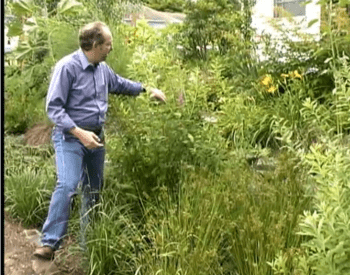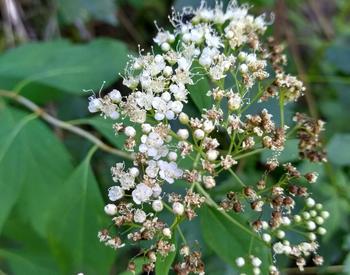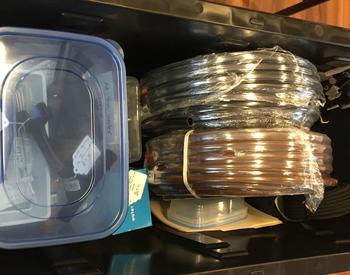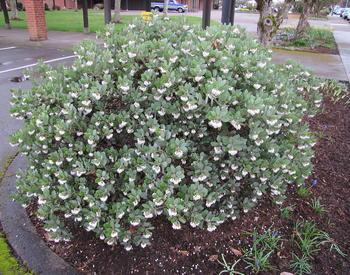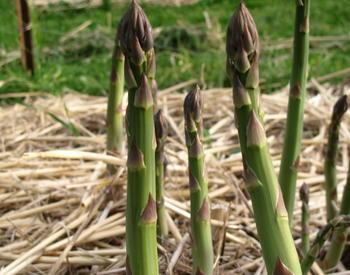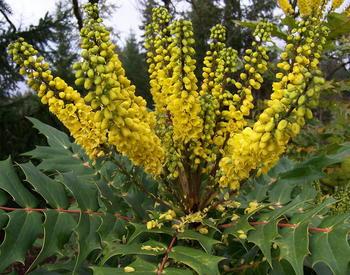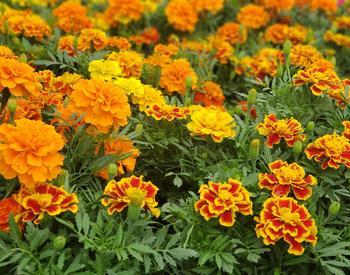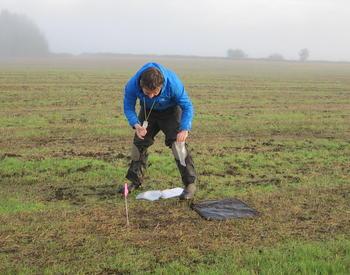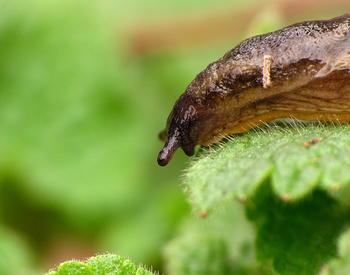The plight of pollinators has been a common topic among both gardeners and nongardeners for the last few years. An illegal application of pesticide on linden trees in Eugene in 2014 was the catalyst for writing, discussion, legislation, and increased awareness of how actions in our own gardens impact pollinators, in Oregon and nationwide.
Despite this increased awareness, the word “pollinator” brings one insect to mind for most people: the honeybee. The honeybee, native to Europe and introduced to North America by European settlers, is extremely important to pollination and, therefore, our food supply. However, there are literally hundreds of species of pollinators all around us — including native bees and a variety of other insects.
The Oregon Bee Atlas is an ongoing, multiyear project to survey and better understand populations of native bees in our state. You may see members of the Bee Atlas team collecting bees around town, in our parks and native plant gardens. Here's a look at some major groups of pollinators found in our yards and gardens.
Native bees
The actual number of bee species native to Oregon is unknown: estimates range between 500–800. Bees are particularly suited to pollination because of their hairy bodies. Most female bees have special arrangements of hairs on their bodies used to store pollen. These hair structures, called scopa, might be found on the rear legs, abdomen or thorax.
The majority of bees in Oregon nest in the ground. Leaving open ground space, uncovered by mulch, is one way to encourage these beneficial insects into your yard. Small bees cannot fly long distances like honeybees and bumblebees in search of food.
Butterflies and moths
Before bees became the “it” insect, there was butterfly gardening. Baby butterflies, also known as caterpillars, eat the leaves of plants, pupate and become butterflies. Adult butterflies have straw-like mouthparts that are used to drink nectar from bell- and trumpet-shaped flowers.
Because butterfly bodies are also very hairy, they pick up a considerable amount of pollen on their faces and bodies while drinking flower nectar, moving it from flower to flower as they feed.
Syrphid flies
These tricksters look an awful lot like bees but can be distinguished easily from bees because of their unique ability to hover like a helicopter over flowers before they land. Syrphid flies are doubly beneficial in the garden: the larvae are predatory, eating small destructive insects on your plants, and the adults are pollinators. Adult flies feed on pollen and nectar and move it from plant to plant by virtue of — you guessed it — very hairy faces.
Tachinid flies
The role of flies in pollination in cooler regions like the Klamath Basin is hugely underestimated. Most bees do not fly in temperatures lower than the 50s and 60s, depending on the species. Members of the Bee Atlas team have learned to focus collecting efforts in the afternoons when bees are active because mornings belong to the flies.
Up close, tachinid flies look like punk rock superstars: a nest of wild hairs going in every direction. While great as pollinators, tachinids also have a dark side: some tachinid species are parasites of our monarch caterpillars. The female tachinid lays its egg on a monarch caterpillar’s body and the fly larvae develop inside, ultimately preventing the caterpillar from ever becoming a monarch.
Beetles
Beetles vary in their effectiveness as pollinators. The hairy beetles move pollen on their bodies as they feed: smooth, shiny beetles like ladybugs do not. Flowers in the magnolia family (Magnoliaceae) and the cotton family (Malvaceae) are commonly pollinated by beetles. What both of these plant groups have in common is copious amounts of pollen that are easily accessible on the plant, providing a good food source for the beetles to wallow in as they spread pollen all over their undersides in the process.
While the plight of the honeybees is real and urgent, it is helpful to remember that they are not native to the US and that there was, and is, a tremendous variety of pollinators at work in our system. Understanding that most of the insects in our gardens have some benefits is also helpful. Take a walk through your own garden during the warmest part of the day and you just may be able to identify a few of these native pollinators.

